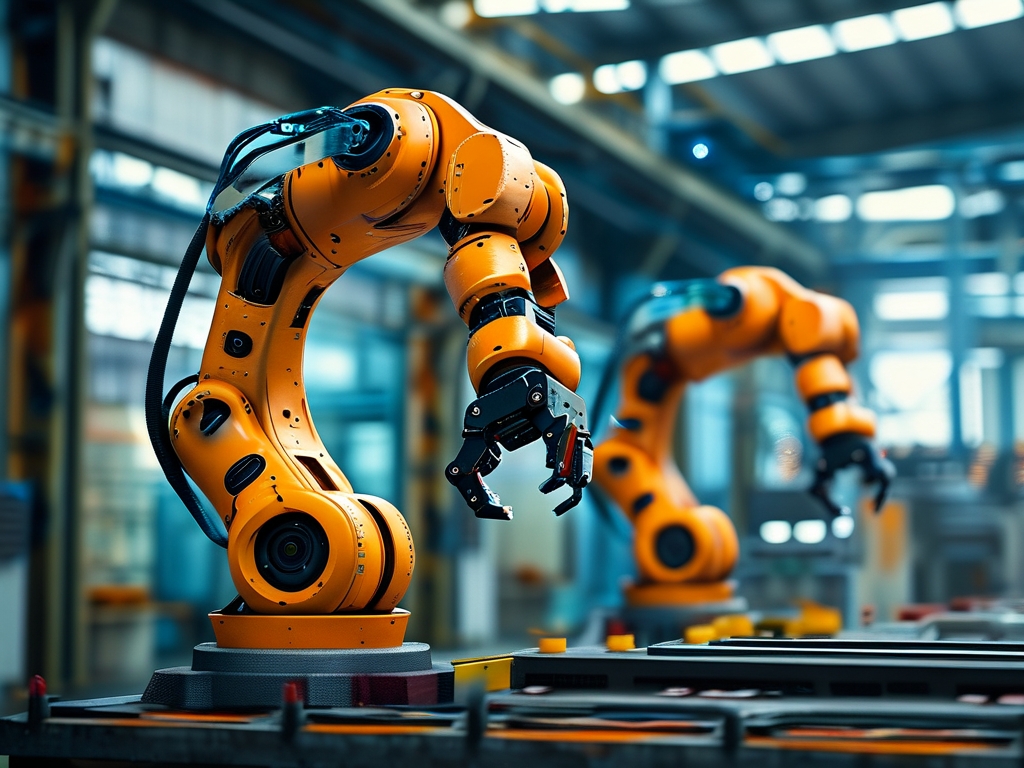In the rapidly evolving landscape of automation and artificial intelligence, technical training robots have emerged as indispensable tools for skill development. These advanced systems combine AI algorithms, responsive hardware, and adaptive learning frameworks to create immersive training environments. Unlike traditional methods, they offer real-time feedback, personalized challenges, and scalable complexity—features that are revolutionizing how professionals and students acquire technical expertise.

One groundbreaking application lies in industrial robotics training. Modern manufacturing facilities now deploy training robots that simulate assembly line scenarios. Trainees interact with machines capable of mimicking production errors, such as misaligned components or sensor failures. For instance, a robotic arm might intentionally place a gear 2mm off-center, requiring the learner to diagnose and correct the issue using actual PLC programming tools. This hands-on approach bridges the gap between theoretical knowledge and practical execution, reducing workplace accidents by 43% according to a 2023 study by the International Robotics Association.
The healthcare sector has also embraced this technology. Surgical training robots like the NeuroBot X9 provide haptic feedback systems that replicate human tissue resistance. Medical residents practice intricate procedures—from laparoscopic surgeries to microvascular anastomosis—with precision metrics tracked at 0.1mm increments. What sets these systems apart is their adaptive difficulty algorithm. As users demonstrate proficiency, the robots introduce variables like simulated bleeding or anatomical anomalies, preparing practitioners for real-world complications.
Coding education represents another frontier. Platforms such as CodeMentor AI employ physical robots to teach programming concepts. Learners write Python scripts to control robotic movements, with the system providing instant debugging support:
def navigate_obstacle():
while sensor.distance() > 15:
robot.move_forward(0.5)
robot.rotate_left(90)
avoid_collision()
This tangible connection between code and physical outcomes boosts retention rates by 65% compared to screen-only environments, as reported in MIT's 2024 EdTech Review.
Critically, these systems address the "expertise gap" plaguing technical fields. The World Economic Forum estimates that 74 million workers will require robotics-related reskilling by 2027. Training robots enable scalable upskilling through cloud-based modules accessible worldwide. A factory worker in Jakarta can troubleshoot the same virtual CNC machine as an engineer in Stuttgart, with performance analytics benchmarked against global standards.
However, challenges persist. High implementation costs remain a barrier for smaller institutions, though modular systems like RoboCore Starter Kits (priced at $1,200) are democratizing access. There's also the pedagogical debate about over-reliance on simulated environments. Proponents argue that the risk-free nature of virtual failures accelerates mastery, while critics emphasize the irreplaceable value of human mentorship.
The future roadmap includes quantum computing integration for hyper-realistic simulations and biodegradable training robots for environmental sustainability. As 5G networks expand, expect to see decentralized training grids where multiple users collaborate in shared augmented reality workspaces.
Ultimately, AI-driven training robots aren't just teaching tools—they're reshaping the very paradigm of technical education. By combining adaptive learning, measurable outcomes, and cross-industry applicability, these systems are creating a new generation of problem-solvers equipped to handle tomorrow's technological challenges.









